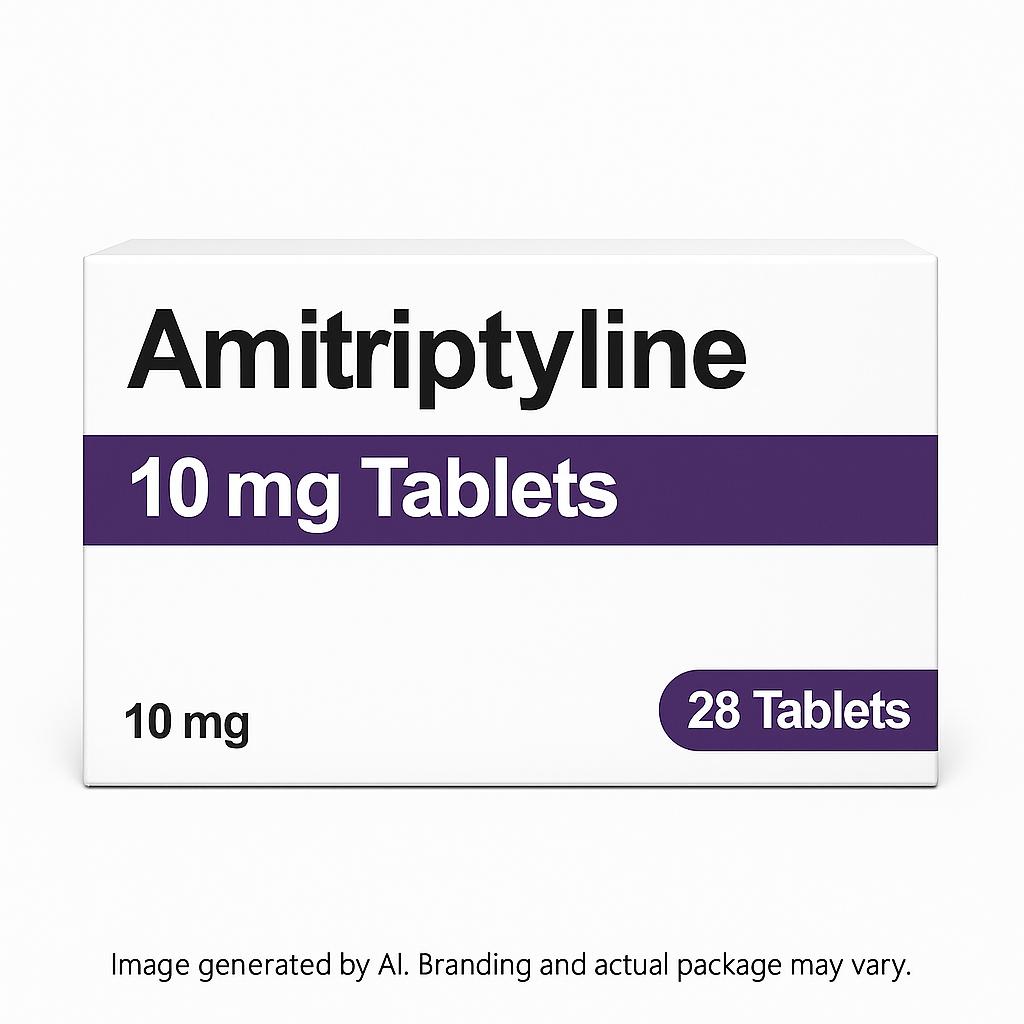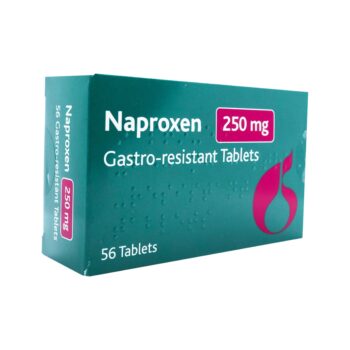What is Amitriptyline?
Amitriptyline is a prescription medicine widely used to manage a range of conditions, from depression to chronic pain and sleep disturbances. Although originally developed as an antidepressant, it is now more commonly prescribed in lower doses for off-label uses such as nerve pain, tension headaches, and insomnia. Amitriptyline belongs to a class of medications known as tricyclic antidepressants (TCAs), which work by influencing the balance of neurotransmitters in the brain, particularly serotonin and noradrenaline.
When used for mental health, higher doses of Amitriptyline are prescribed to treat symptoms of low mood, anxiety, and related conditions. However, at lower doses, such as 10mg or 25mg, the medication is primarily used for its pain-relieving and sedative properties. This makes it a popular choice for individuals with conditions like fibromyalgia, chronic neuropathic pain, and persistent migraines. It is also commonly used to improve sleep quality when pain or anxiety are contributing factors.
Amitriptyline is usually taken once a day, preferably in the evening or before bedtime due to its calming, sedating effects. It starts to work gradually, with most people noticing improvements within a few weeks. It’s essential to follow the prescribed course and not to stop suddenly without medical advice, as this can lead to withdrawal symptoms.
What does Amitriptyline treat?
- Chronic nerve pain – such as diabetic neuropathy, post-herpetic neuralgia, and sciatica.
- Insomnia and sleep disturbances – especially when related to pain or anxiety.
- Fibromyalgia – helping to manage widespread muscle pain and fatigue.
- Migraine prevention – often used when other preventative treatments have failed.
- Depression and anxiety – generally at higher doses than those used for pain relief.
How does Amitriptyline work?
Amitriptyline increases the availability of two important neurotransmitters in the brain—serotonin and noradrenaline—by inhibiting their reabsorption (reuptake). These chemicals play a key role in regulating mood and how the body interprets pain signals. At lower doses, the medication’s pain-relieving and sedative properties are more prominent, offering significant relief from both physical and emotional symptoms without the full antidepressant effect.





